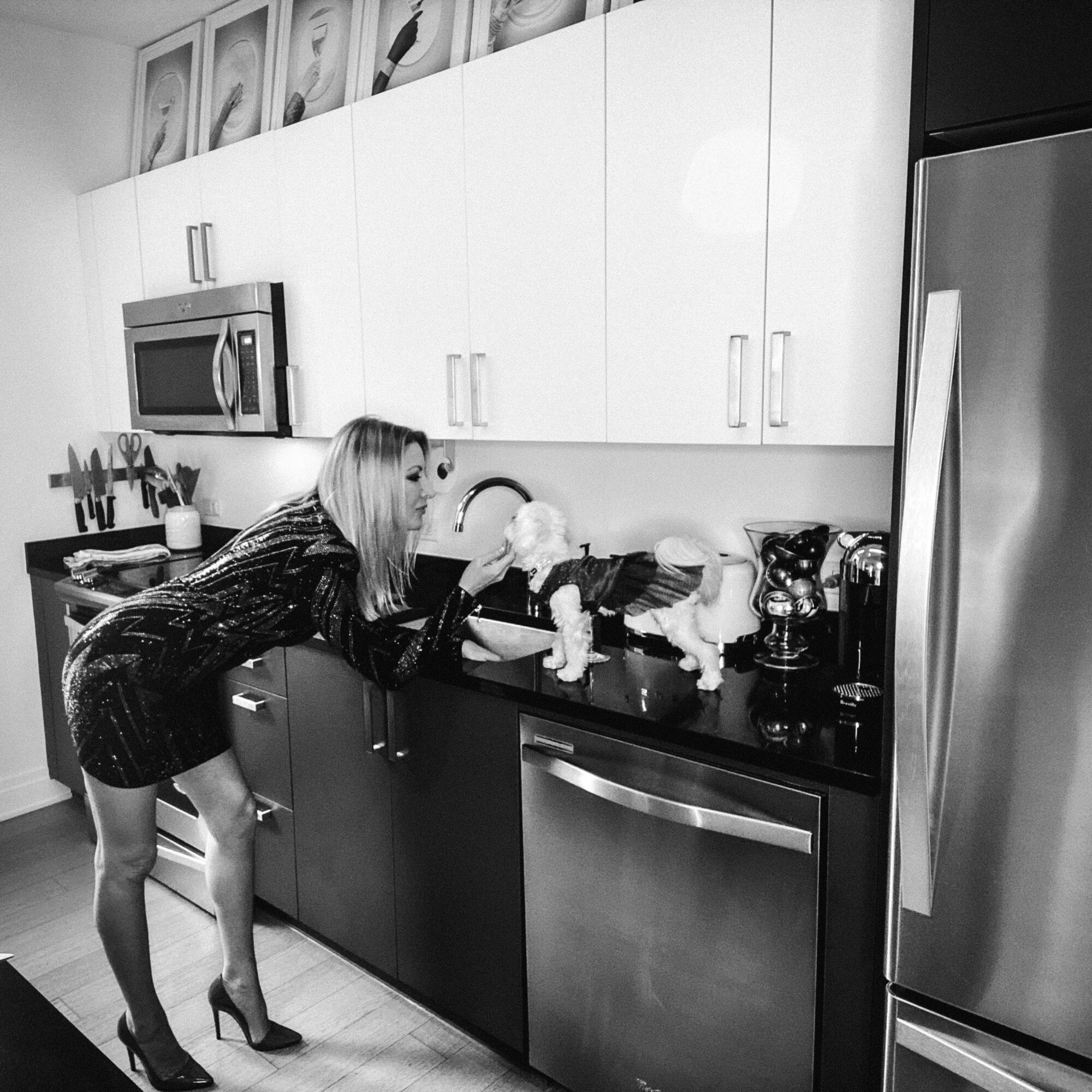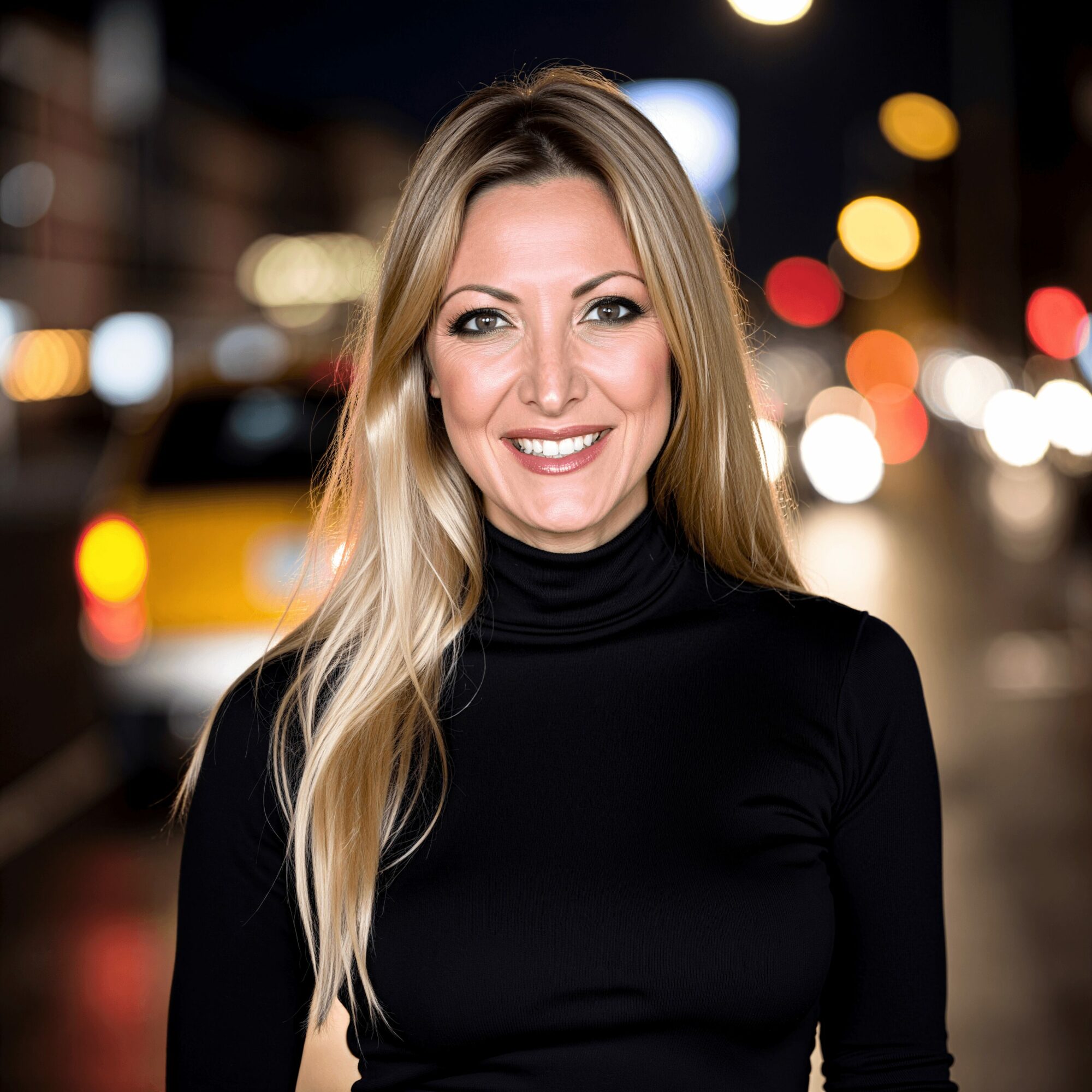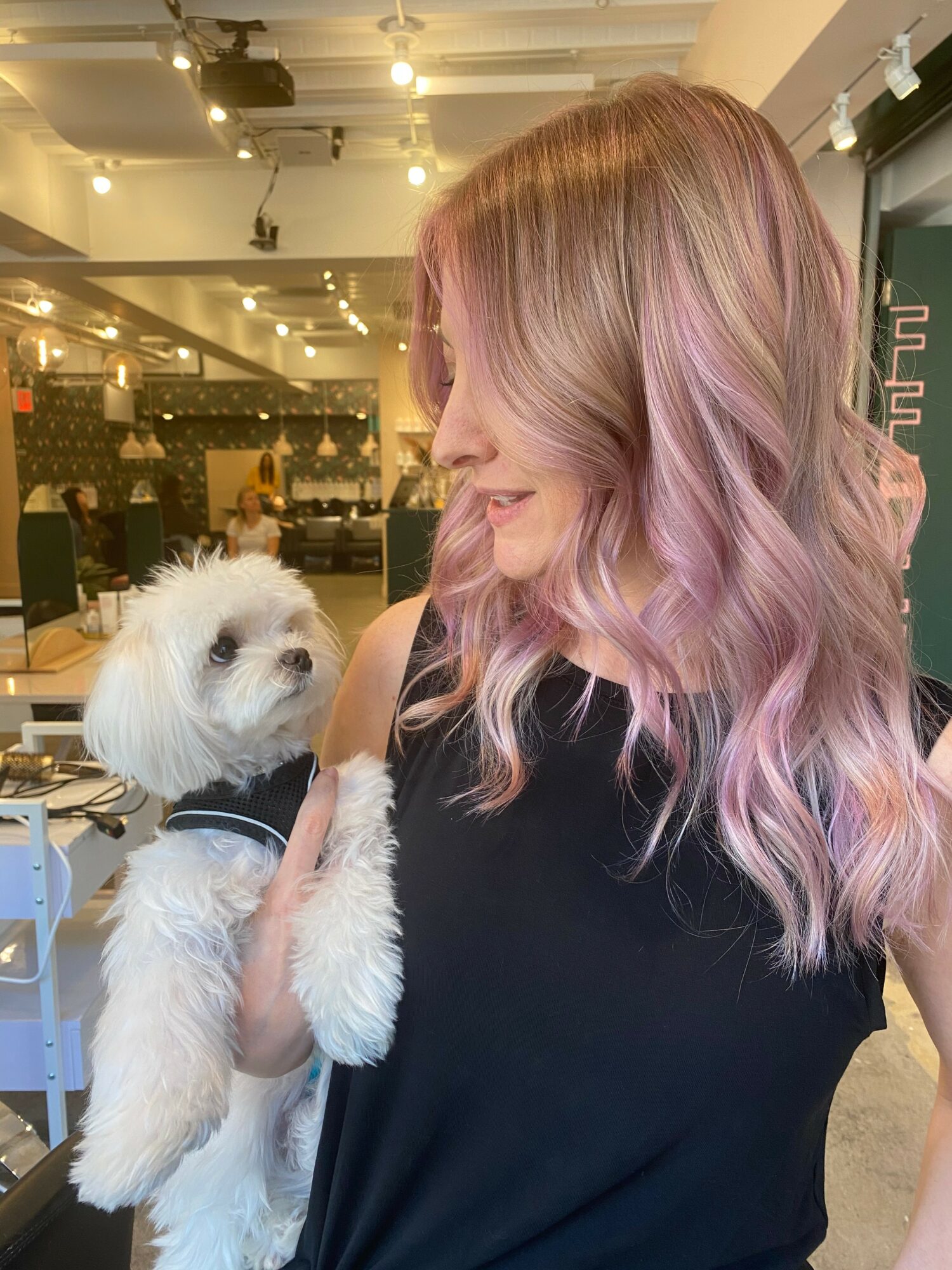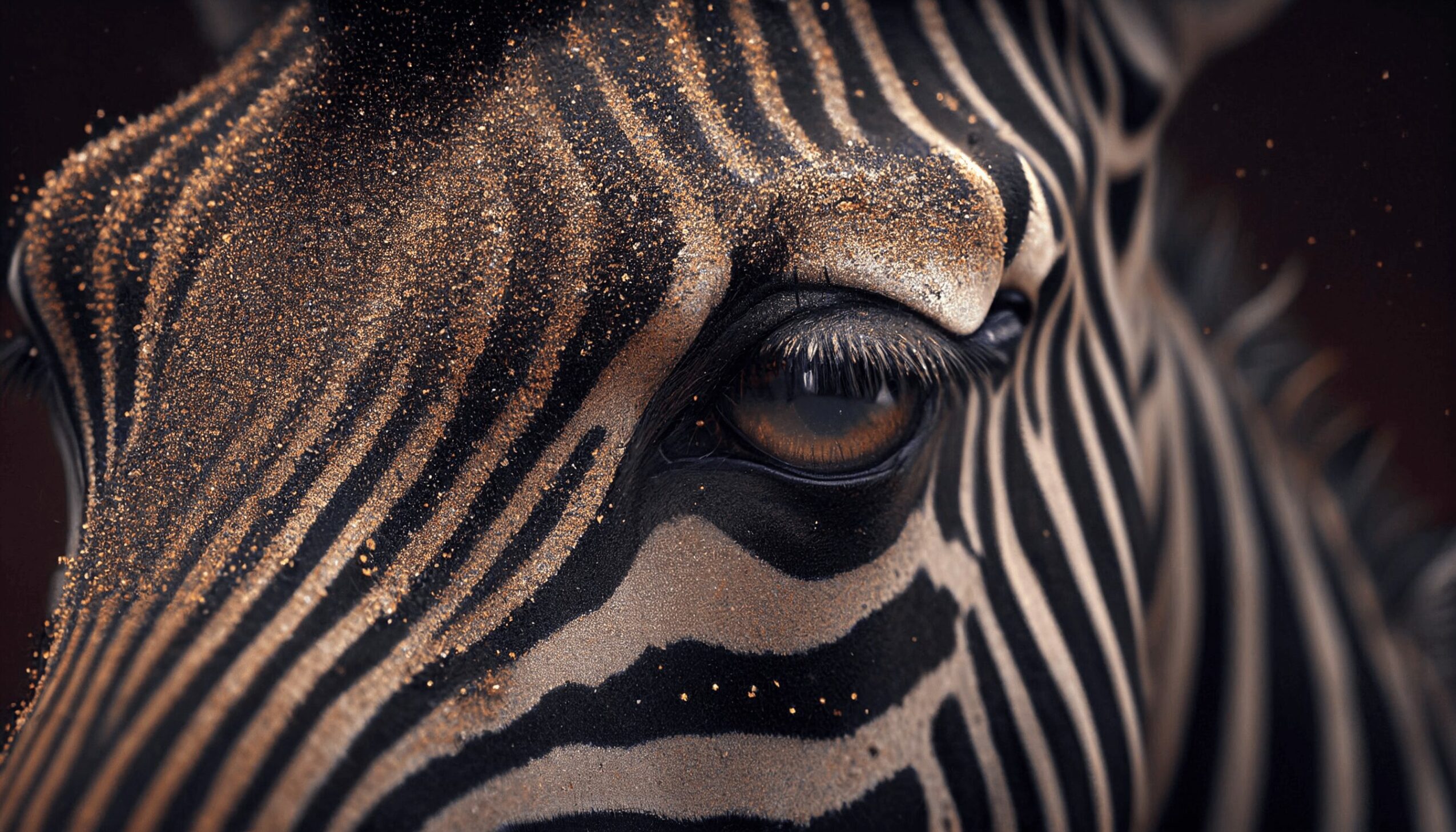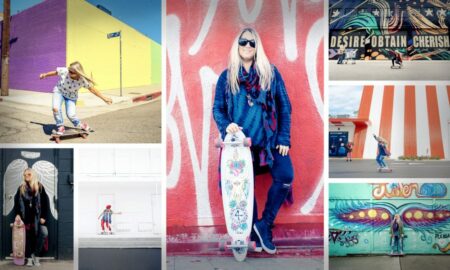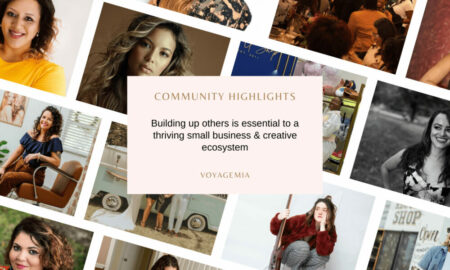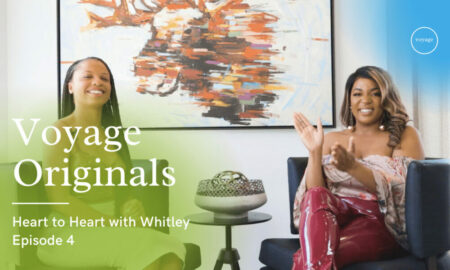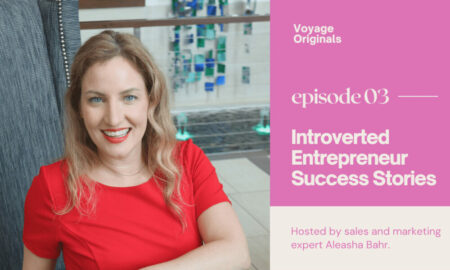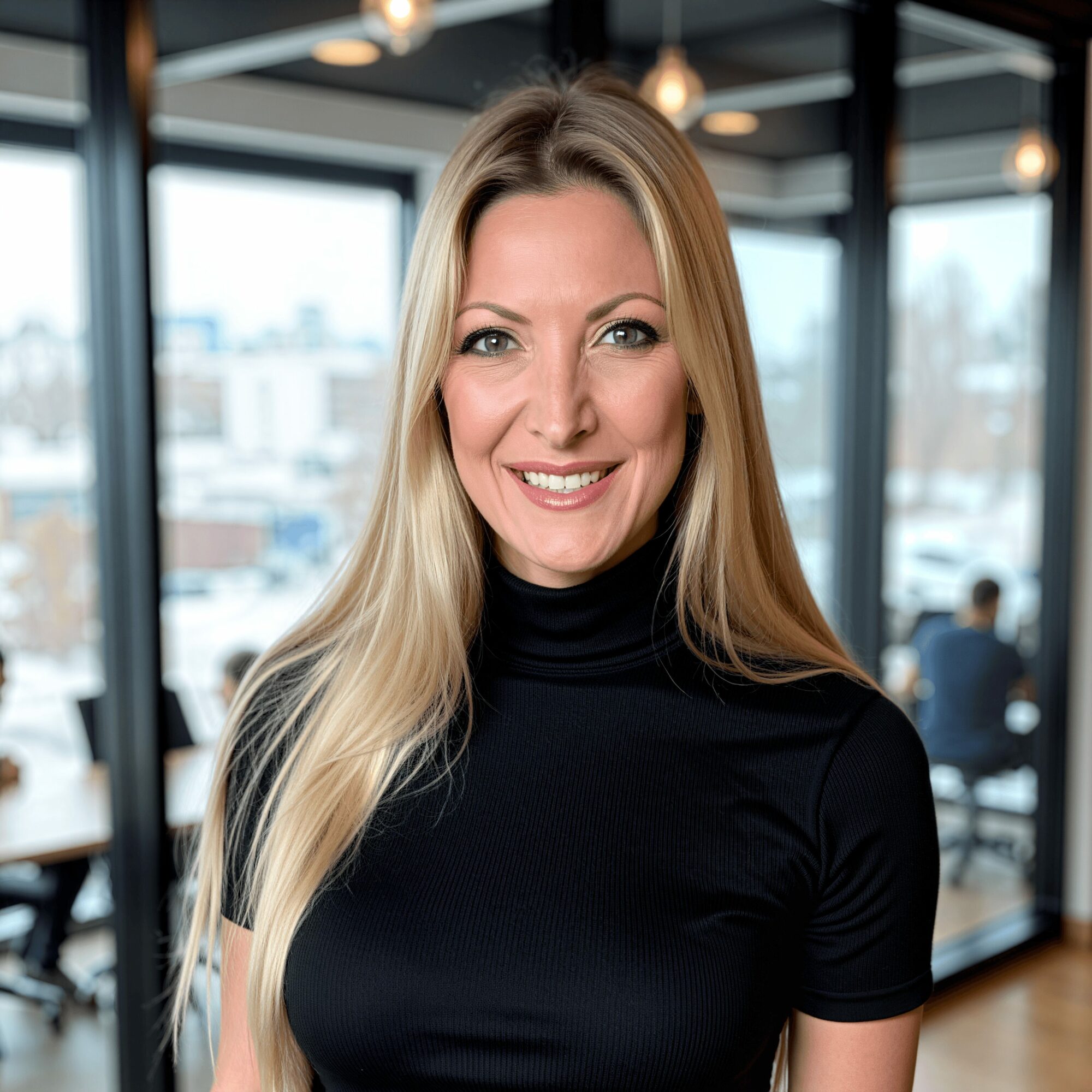

Today we’d like to introduce you to Dana Randall
Hi Dana, we’re thrilled to have a chance to learn your story today. So, before we get into specifics, maybe you can briefly walk us through how you got to where you are today?
Based in Fort Lauderdale, but born and raised in New York, my 25+ year career is driven by my passion for crafting digital experiences that are not only beautiful but inclusive. I blend art and functionality in a way that highlights my belief that design should be accessible to all while still being visually captivating. From retail to entertainment, I have collaborated with top brands to create immersive, visually stunning digital environments that embrace diversity and representation.
Through my work, I champion inclusive design, ensuring that beauty and function coexist without compromise. My approach has redefined digital design for major enterprise clients, always keeping aesthetics at the forefront while expanding the narrative around who gets to enjoy these digital experiences. My dedication to fostering inclusivity in design includes inspiring other designers through public speaking and workshops, showing that elegance and accessibility are not mutually exclusive but deeply intertwined.
My journey into accessible design became deeply personal when I developed a vestibular disorder after being diagnosed with Ramsay Hunt Syndrome. Suddenly, everyday environments and digital experiences became disorienting and even dangerous for me. This experience opened my eyes to the fact that many design choices—both in physical spaces and on digital platforms—were not just uncomfortable, but exclusionary for people with non-apparent disabilities like mine.
Before my diagnosis, I had always approached design from an aesthetic angle, but living with this disorder made me realize how vital accessibility is to true inclusivity. I started seeing the world through a new lens—one that prioritized creating spaces and experiences where everyone, regardless of ability, could feel safe and welcome. Now, my passion for design is driven by a commitment to ensure that no one else has to feel the way I did—alienated by the very environments we all share. My goal is to blend beauty and function, crafting designs that are not just visually compelling but also kind to the diverse needs of every person.
Can you talk to us a bit about the challenges and lessons you’ve learned along the way. Looking back would you say it’s been easy or smooth in retrospect?
Living with undiagnosed neurodiversity for most of my life, I always had this underlying feeling that I didn’t quite fit in traditional corporate spaces. Navigating office politics and rigid social norms felt like trying to learn an unspoken language that everyone else seemed fluent in. There were constant struggles—from processing information differently to feeling mentally drained by the overstimulation of open office layouts. It wasn’t until I was diagnosed later in life that I finally understood why those environments felt so uncomfortable. Suddenly, I could identify the barriers I had been silently battling throughout my career.
When I was also diagnosed with Ramsay Hunt Syndrome, it was as if the challenges I’d always faced working in corporate America intensified tenfold. My neurodiversity compounded with my vestibular dysfunction meant that things like attending back-to-back meetings or working long hours under fluorescent lights became not just taxing, but unbearable. I realized that corporate environments weren’t designed for people like me—people who needed to approach work and creativity in a more flexible, neuro-inclusive way.
Everything changed when I joined Level Access, a company that truly walks the talk when it comes to workplace inclusion for people with disabilities. Working in an environment where my needs were not just accommodated but embraced was a game-changer. For the first time, I didn’t feel like I had to hide parts of myself to “fit in” or keep up. Instead, I felt empowered to contribute my skills in ways that honored my neurodiversity. It’s been a transformative experience—one that shows how much innovation can thrive when companies prioritize inclusivity at every level.
Thanks for sharing that. So, maybe next you can tell us a bit more about your work?
At Level Access, I serve as an expert in inclusive design and accessibility, working closely with enterprise and Fortune 500 clients. My role focuses on leading cross-functional inclusion labs that shift perspectives on accessibility, while providing hands-on support in implementing accessible design systems and ensuring teams are fully prepared to produce accessible digital products. I also advise software product managers on creating products with accessibility at their core, helping clients go beyond compliance and toward true inclusivity.
Additionally, I’ve stepped into an acting creative director role, shaping the company’s visual brand identity and expression. It’s exciting to work in a space where my passion for aesthetic design coexists with a dedication to inclusion, helping Level Access visually represent the core values we stand for. Working here has allowed me to blend my expertise in design and accessibility in ways that genuinely make a difference.
So, before we go, how can our readers or others connect or collaborate with you? How can they support you?
I can always be reached via my portfolio website at danarandall.com
Contact Info:
- Website: https://danarandall.com
- Instagram: https://www.instagram.com/danarandallnyc
